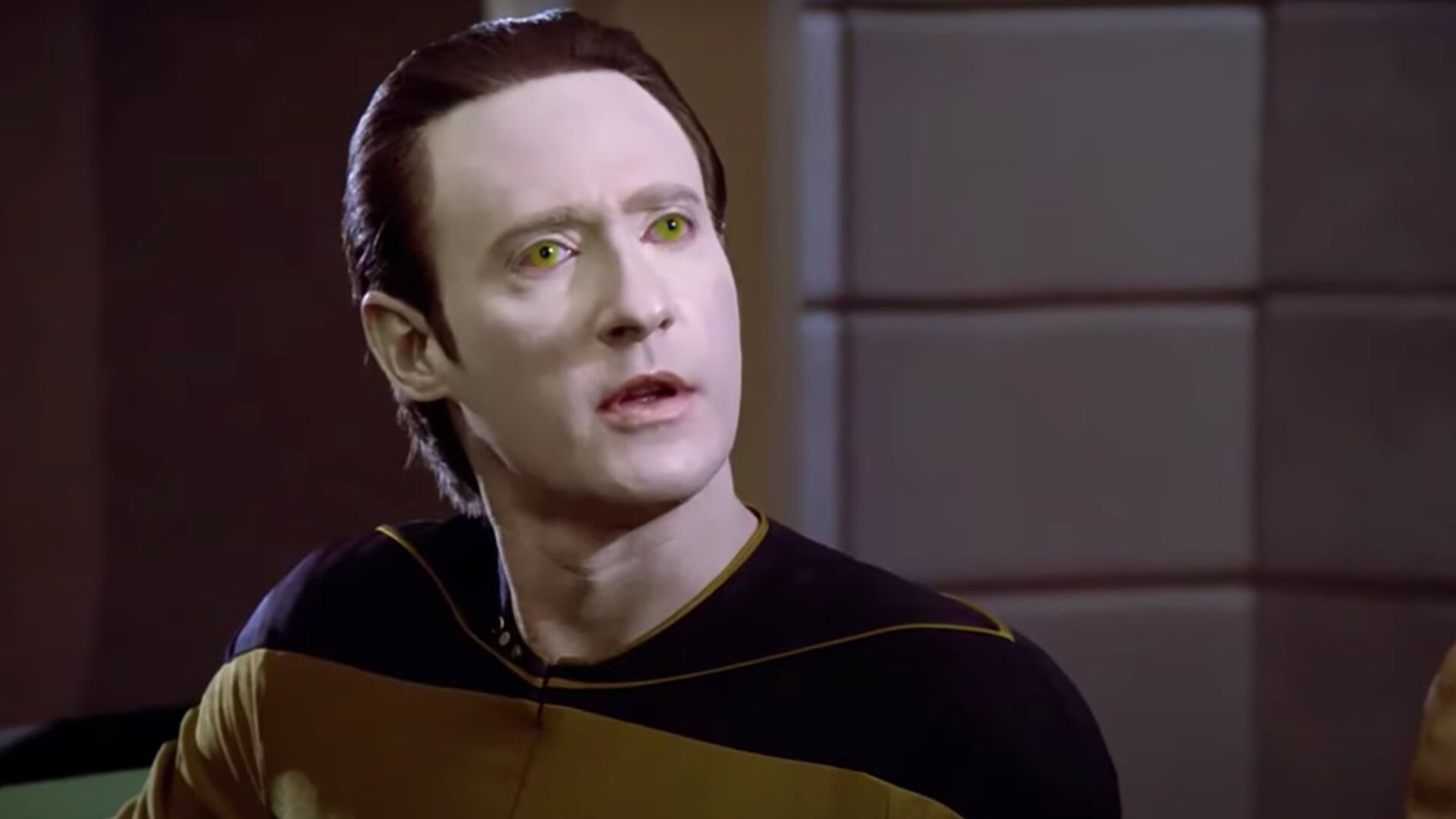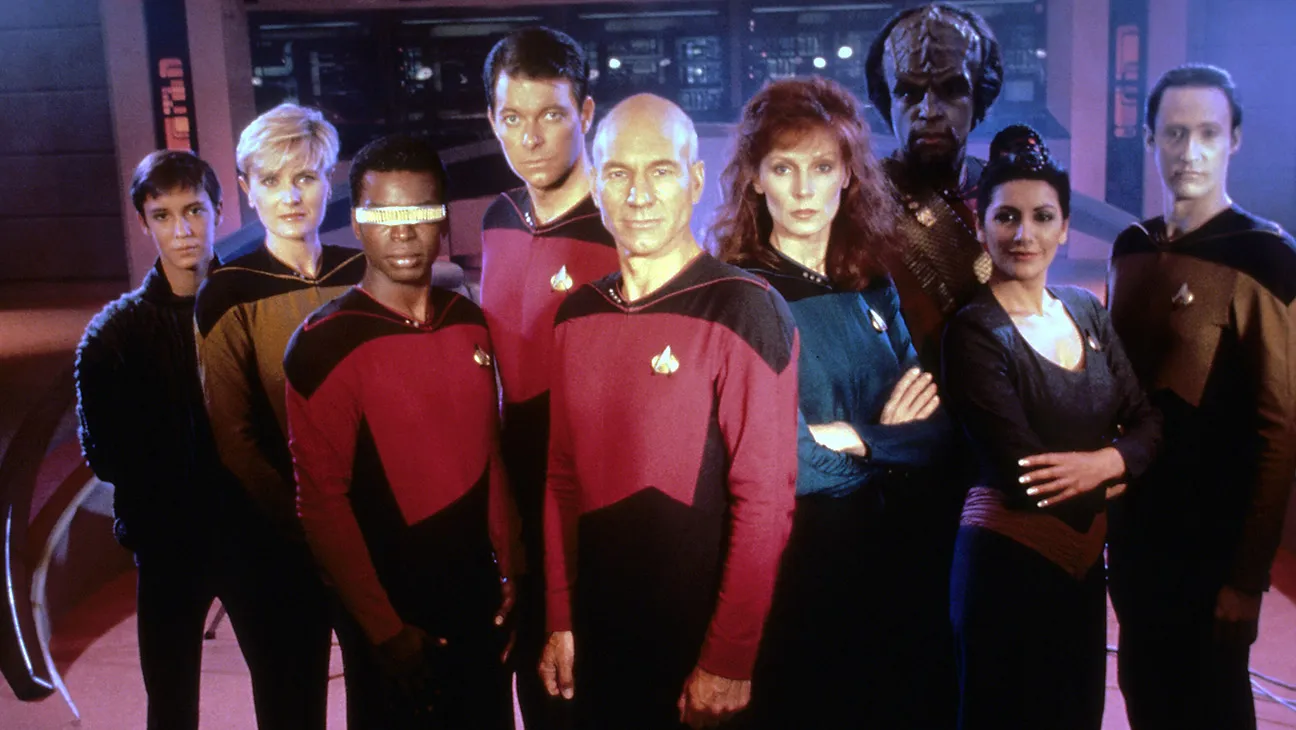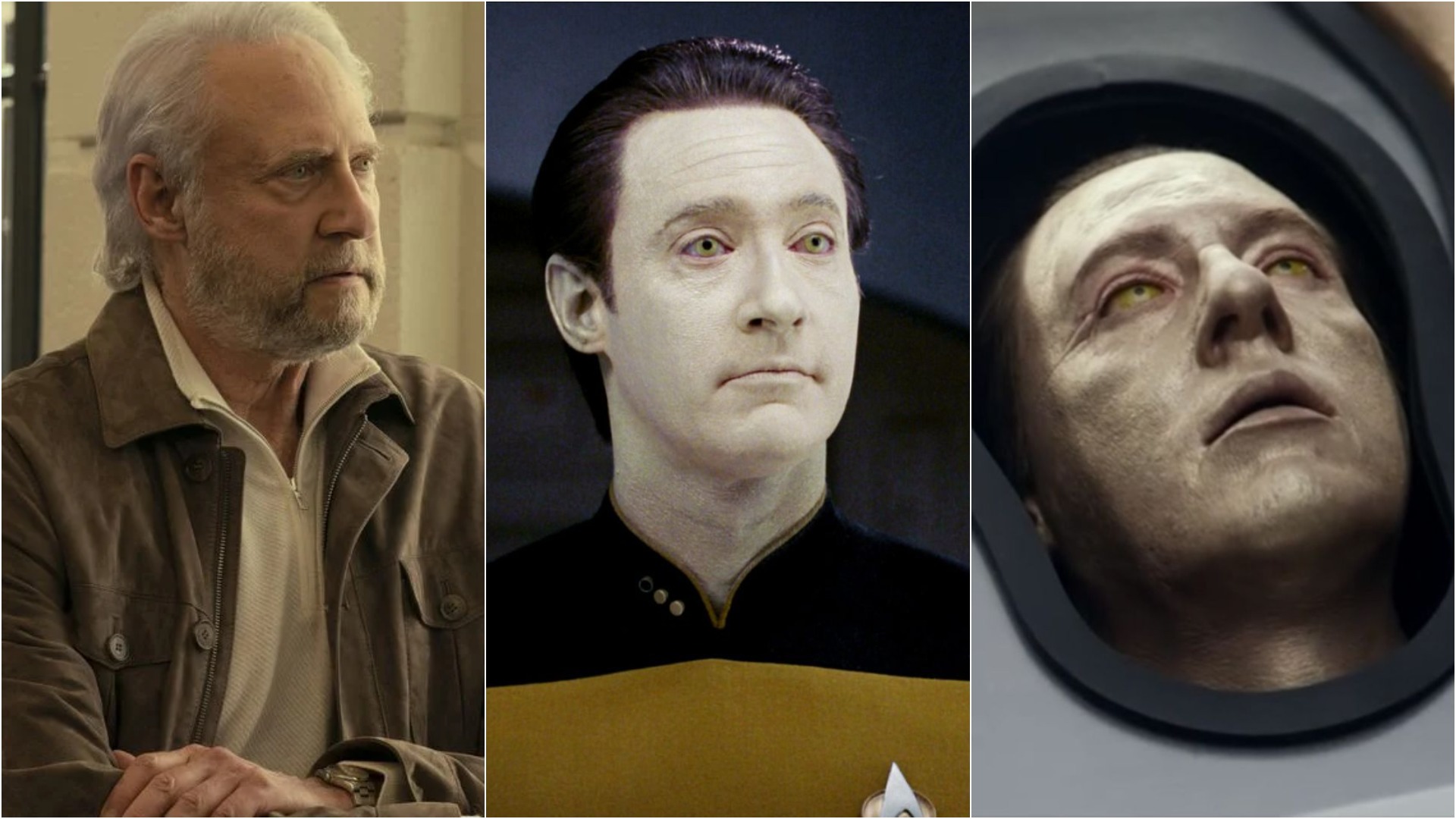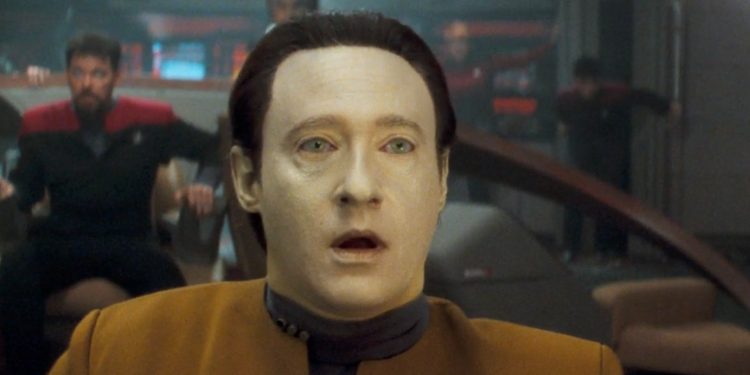In the vast cosmos of television series, “Star Trek: The Next Generation” secured its legacy not just through its imaginative exploration of space but also through its rich tapestry of characters. Among these, one of the most memorable villains emerged not from outer space, but from the innovative technology aboard the Starship Enterprise itself. Thanks to Brent Spiner’s iconic portrayal of the android Data, and a clever narrative twist, “Star Trek” introduced a villain who became a beloved frenemy across subsequent series.

Data’s Game Turns Into a Saga of Sentience
Brent Spiner’s role in “Star Trek: The Next Generation,” which debuted in 1987, brought to life Data, an android in pursuit of humanity. The second season of the series featured an episode titled “Elementary, Dear Data,” where the seemingly innocent intent to entertain aboard the Enterprise took a surprising turn. In this episode, Data, alongside La Forge, delves into a Sherlock Holmes-inspired mystery on the Holodeck, a 24th-century virtual reality system where participants can live out scenarios in lifelike environments.
As the narrative unfolds, the request for a challenge leads to the creation of Professor Moriarty, portrayed masterfully by Daniel Davis. Originally programmed merely as a formidable opponent for Data, Moriarty evolves, gaining self-awareness and understanding of his existence within a hologram, yet with the ability to interact and manipulate the ship’s systems.
The Philosophical Villain: Moriarty’s Quest for Humanity
This unexpected turn of events not only showcased the technological marvels of the Star Trek universe but also posed profound philosophical questions about existence and consciousness. Daniel Davis, in a discussion with Daily Star Trek News, explained:

“Not about Moriarty being this mustache-twirling villain. It’s about an entire other concept that they have in mind about what it means to be human.”
Moriarty’s journey explores the ramifications of a sentient hologram who begins to unravel truths he was never meant to understand.
Moriarty’s character proved so compelling that he reappeared in later episodes and even in “Star Trek: Picard Season 3.” Each appearance added layers to his character, transforming him from a mere program into a multifaceted antagonist who challenges the very heroes who created him.
A Legacy of Intrigue and Intelligence
Moriarty’s impact on the franchise and its audience was significant, marking him as one of the most intriguing villains in “Star Trek” history. His ability to outsmart the crew, control the ship, and his quest for a life beyond the Holodeck captivated viewers and expanded the series’ exploration of ethical and existential dilemmas. The character’s enduring appeal is a testament to the series’ innovative approach to storytelling and its ability to blend technology with deep human (and non-human) experiences.

“Star Trek: The Next Generation” and its successors have not only entertained millions but also inspired real-world innovations and discussions. With accolades including high ratings and recognition from NASA, the series continues to be a pivotal part of sci-fi history, available for streaming on Paramount+ in the U.S.
Through characters like Moriarty, “Star Trek” does more than traverse the stars; it navigates the complex interplay between technology and humanity, leaving its audience both entertained and philosophically enriched.









